- No products in the cart.
Want to Learn to Use a Sewing Machine? Read These 10 Quick Tips!
11
Apr
So, you've decided to get your feet wet in one of the most alluring, exciting and gratifying crafts: fabric sewing.
You may have tried sewing by hand, and realized it's a bit slow for you - and you know the next logical step is to start using a sewing machine. Even though it may seem intimidating, using a sewing machine is easier than it looks (with our tips, that is). Even if you’re a veteran looking to add a few tricks up your sleeves, these ten quick tips can help you get started the right way.
Let’s dive right in.

Pick the Perfect Sewing Machine for You
If you’re new to the sewing world, odds are you are also looking for the right sewing machine. You are welcome to skip to the next tip if you already own one.
Your first sewing machine is the most crucial one. But, you’ll soon realize that you have a sea of choice. What model, make or features will tickle your fancy? Besides, there are plenty of great sewing machines that are suitable for beginners.
Are you going to buy a new or second-hand sewing machine? For a new machine, be sure to visit your local sewing machine dealer. The chances are good that you’ll be given a few free classes to go with the machine.
If you decide to go the secondhand route, your local thrift store and some online vendors might have great discounts and deals on quality machines. Make sure to buy a top-notch model that’s in a spick-and-span condition. Don’t forget to factor additional costs like repairs, maintenance and cleaning into your budget.
How noisy is the machine? The last thing you want is a sewing machine that’ll disturb your loved ones when you are working on it. Too much loud noise is a telltale sign of an old or faulty second-hand equipment.
Does it come with any additional features? The more bonus accessories and features the machine has, the better. However, you don’t want to learn the art of sewing using a complicated machine. Therefore, focus on helpful extras like a blind hemming foot, zipper foot and maybe additional bobbins.
Now, the cost. Sewing machines, like most other things in life, have many different options - ranging from $50 for a small piece, all the way up to $5,000 for high-end, state-of-art equipment. It’s a no-brainer to stick to something that will not dig a big hole in your budget, but should last for a while. Expect to pay around $150-$200 for a decent initial setup.

Picking and Shopping for Fabric
Choosing the right fabric is the first crucial step in any home sewing project. In today’s digital age, you can find and buy your fabric right from the comfort of your home thanks to the convenience of online shopping. While it may be more intimidating than it seems, we have created a handy guide to help you navigate online fabric shopping.
There are a ton of fabric types out there, and plenty of online fabric shops to match. As a rule of thumb, test-drive your machine with easy fabrics, such as cotton, before moving on to more advanced fashion fabrics like Milliskin, spandex and printed cotton (patterns require more planning and straight lines). That’s why you’ll want to evaluate your potential fabric store to ensure they have a wide selection, some cheap fabric options, and a generous return policy (perhaps most important for the apprehensive beginner).
Start with Smooth Curves and Straight Lines
Sewing machine - check. Fabric - check. Accessories - check. Now what?
While it may seem boring, everyone starts sewing straight lines. It's a great way to practice and get used to the sewing machine. Thankfully, most sewing machines have guiding lines on the needle plate. If yours does, put the edge of the fabric right along the line, and maintain the alignment as you stitch.
Stitching neat, smooth curves is another practice move for beginners. It’s not difficult. Just keep stitching steadily while you rotate the fabric using both hands. You’ll want to ensure that as you’re turning, the fabric doesn’t bunch up. If at any point you want to turn sharply, ensure that the needle is down into the material before you stop and turn.

Use your Hand First
Thread jams are NOT fun, especially for a rookie. To avoid this, start sewing the first one or two stitches by turning the wheel counterclockwise, using your hand. This way, you’ll get a feel for the fabric thickness. If it’s too thick, it’ll feel like you’re hemming a piece of jeans.
Once you have several stitches sewn, you can proceed with using the sewing machine as normal. By this point, your project’s been threaded, and it’s easy sailing!
Watch Your Thread Guide
Your thread guide should be in the highest, upright position – at all times.
If the guide isn't right above the needle when you start to stitch, the needle will simply unthread. Trust me; this is a step you don’t want to skip. In fact, make it a point to stop once in a while and ensure that the guide is in its highest position.

Stop Only when the Needle is in the Fabric
This is a crucial tip, too. You should never stop when the needle is out of the fabric. That’s a big no-no. Same goes for when you are stitching the corner of the fabric. It’s a great way to ensure a neat and well-aligned seam. So, keep the needle down and pivot in the fabric before you stop or turn.
When Things Go South, Rethread!
This is a golden rule when it comes to fabric sewing. If the machine tends to skip stitches or the thread is too loose/too tight, don’t hesitate to rethread everything. This will solve just about any threading problem you might face.

Use the Right Type of Needle for the Fabric
The universal 90/14 needle might do great for most of your projects. However, it’s crucial to pair your fabric with the right type of needle.
- Smaller needle (preferably 60/8) is ideal for lightweight fabrics like thin cotton
- Bigger needles (100/16) are perfect for rougher, thicker fabrics like denim
- If you are gunning for a coverstitch look and feel in your hems, a twin needle is your BFF
Use a New, Sharp Needle
Type aside, the condition of the needle matters too. An overused or bent needle will cause annoying thread jams. That’s why you need to always use a sharp, new one.
Some signs that you’re using a less-than-stellar needle are snagging on the fabric (or puckering), skipped stitches, or shredding your top thread. Keep an eye on this, as it should be a top maintenance item.

Clean Your Machine
Your sewing machine is your baby. Take care of it to ensure it stays healthy, hitch-free and lasts longer. Use an air duster (or a compressor, if you have one) to blow lint, thread, and dust out of the inside of the machine.
There you have it - 10 tried and true beginner tips for using a sewing machine. Don’t forget to start with scraps before experimenting on your quality fabrics. “Practice, practice, practice” should be your personal mantra when it comes to using a sewing machine.
Happy sewing!
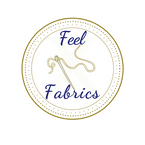


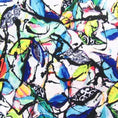
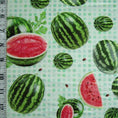
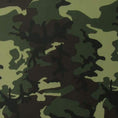
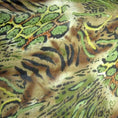
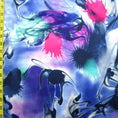
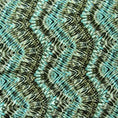
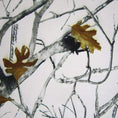


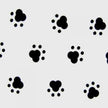


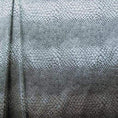

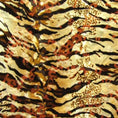

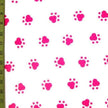
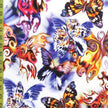

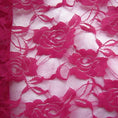
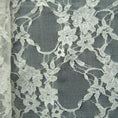
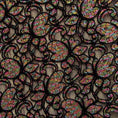

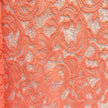


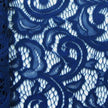
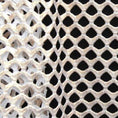
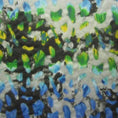
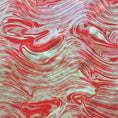
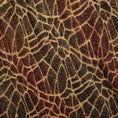
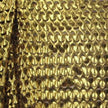
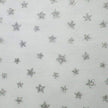


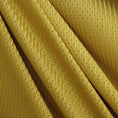


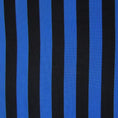
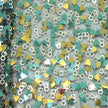
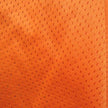

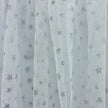

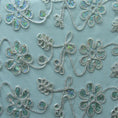
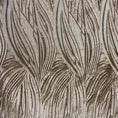
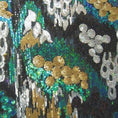

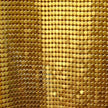
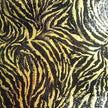
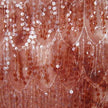



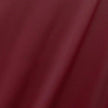


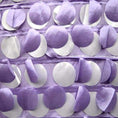

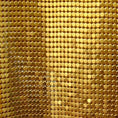

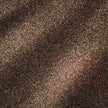

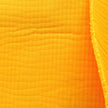

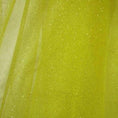
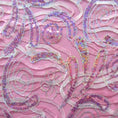
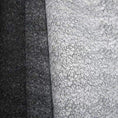




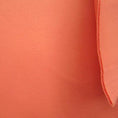
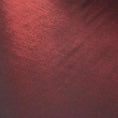
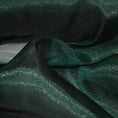


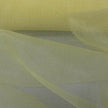
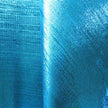
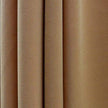
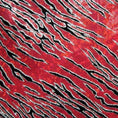
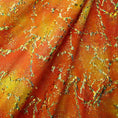

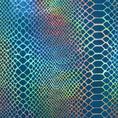
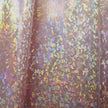

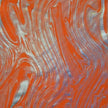
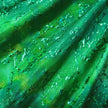
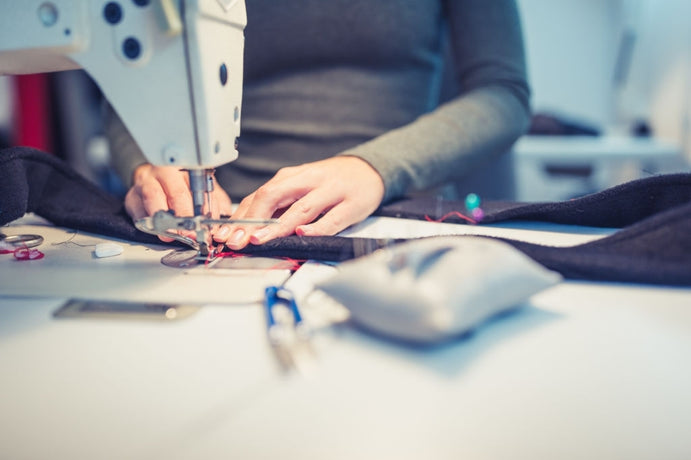








Good advice about stopping when the needle is in the fabric – I only that mistake once!